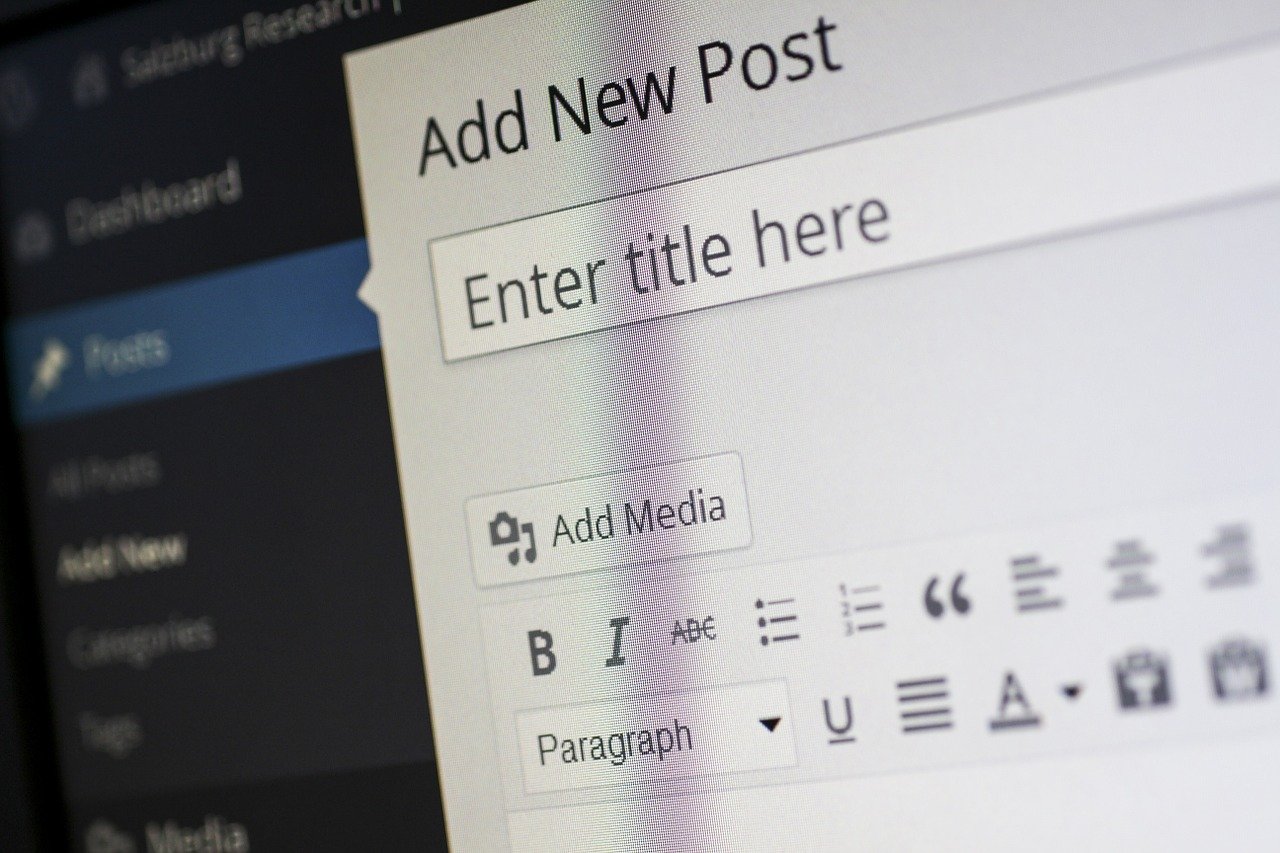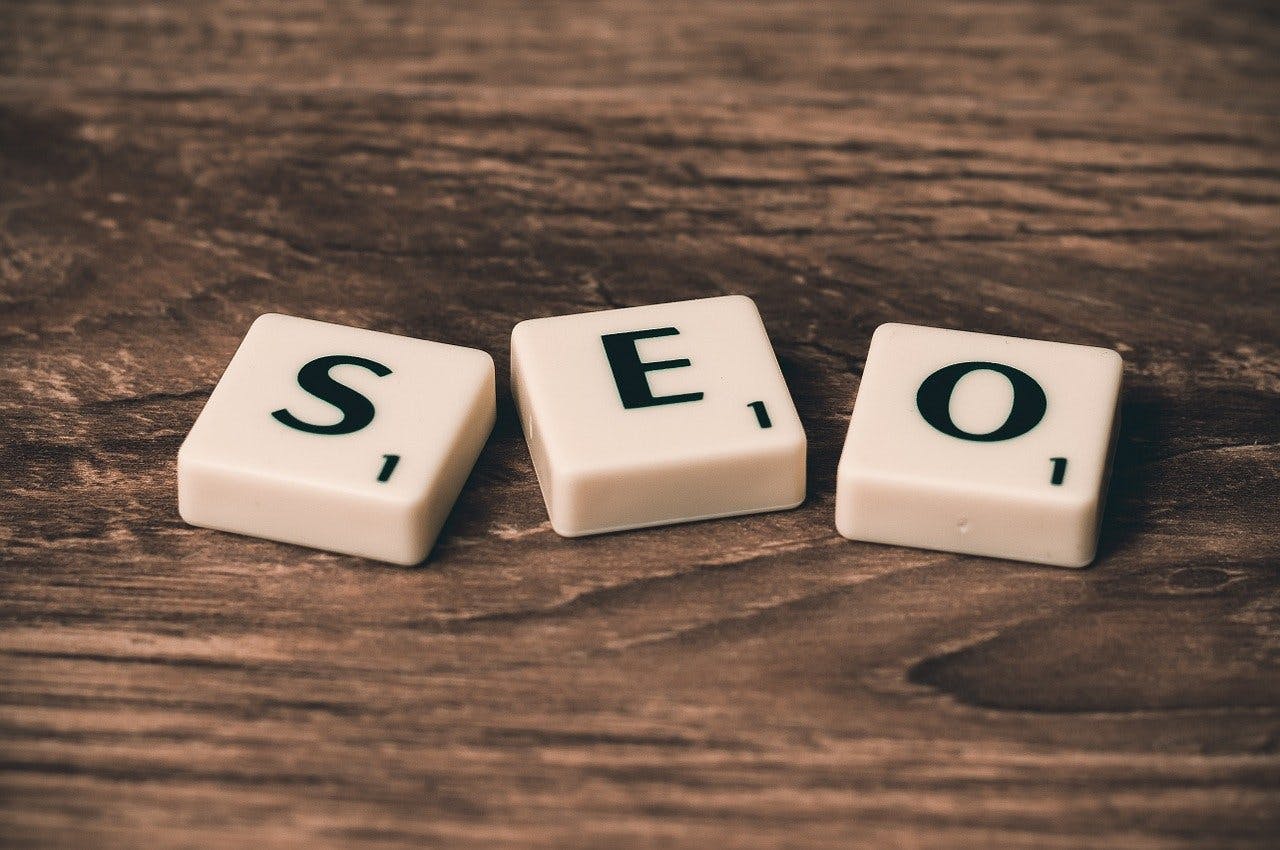On-page SEO is an extremely crucial aspect of search engine optimization.
No, we are not saying that it is more important than off-page SEO, but it is something that you have full control on and, therefore, can leverage in a better way.
To quickly recap, on-page SEO deals with what is on your web page or website. It includes content, keywords, titles, descriptions, URLs, etc.
If you want to read more about the differences between on-page SEO and off-page SEO, read that post first. Additionally, if you want to learn more about off-page SEO, read the following blog post: Understanding Backlinks — The Basics of Off-Page SEO.
In this article, we discuss the different on-page SEO ranking factors as well as some tips to help you get started:
Let’s start from the top:
1. Page Titles

When it comes to on-page search engine optimization, page title is the first thing that SEOs work on.
Ideally, each web page must have a unique title. Moreover, that unique title must also have relevant keywords in it — the keywords that you want that specific web page to rank for.
For example, the homepage of a lawyer website could have the following page title:
Attorney at Law | Bay Area, San Francisco, California
On the other hand, if you have an informative content-based web page (or a blog post) on a general topic, such as cheesecake recipe, the page title could be:
10 Easy Step-by-Step Cheesecake Recipes
There are three factors that you should consider when writing page titles:
- The page title should be unique for each web page on your site.
- The title should be descriptive, concise and easy-to-read for human users.
- The page title should contain the keyword or keyword phrases that you want that web page to rank for.
2. URL
Another important aspect of on-page optimization is the URL structure.
If you are using WordPress, by default it has a very messy URL structure. It appears as if WordPress just randomly put some characters together. For example:
https://my.yourwebsite.com/cart.php?a=add&pid=316&tld=.xyz¤cy=3
This is definitely not recommended.
You want a URL structure that at least has the following qualities:
- It should be short and concise.
- It should be descriptive and must clearly explain what the web page is all about.
- The perfect URL should have the keyword that you are trying the web page to rank for.
- It should not contain stop words.
- It should not contain any irrelevant or random characters.
Here is a great example that show the perfect URL structure.
3. Meta Title and Meta Description
Just like the page title, each web page or blog post must also have a unique meta title and meta description.
In case you do not know:
- Meta title is the title of your web page that appears in the search engine results pages.
- A meta description is the short blurb or summary of your web page that appears in the search engine results pages.
If you do not have a specific meta title, search engines usually use the page title as the meta title. Similarly, if you have not written a specific meta description, search engines will just pick up random sentences from your web page and present them as a part of the meta description.
4. Heading Tags
Heading tags or H1, H2, H3, H4, H5, and H6 tags are also important when it comes to on-page search engine optimization.
Web page content, however, rarely goes beyond H3. Let us briefly explain what each of these tags mean and the recommended way to nest them.
The H1 heading tag should represent the title of your web page or blog post. It can be understood as the page title (which we have explained earlier in heading #1 of this article).
The H2 heading refers to all the subheadings in the web page.
The H3 headings tags are for subheadings for H2 subheadings, and they should be nested. The H4 tags are for subheadings of H3, and so on and so forth.
You can assign these heading tags to appropriate headings easily within the WordPress CMS.
During on-page optimization, you need to make sure that:
- Each subheading has the most appropriate heading tag.
- At least the H1 and H2 heading tags have the keywords that you are trying to rank for.
5. Image Alt Text
Google drives most of the traffic for the majority of the websites. However, it cannot read or understand images.
This is why it is recommended to use alt text for any images that you use. When you upload the image in WordPress (or any other CMS for that matter), you will be asked to enter the title, captions, and alt text for that image.
The alt text is used for two purposes:
- To tell search engines what the image is about.
- To tell users what the image is about in case the image can’t be loaded properly.
Ideally, the alt text for the image should be descriptive, clear, and have the most relevant and important keywords.
6. Website Loading Speed
The loading speed of your website is now an extremely important search engine ranking factor. Ideally, it should take less than 1-2 seconds to fully load a website. If it takes longer than that, users are more likely to quit your web page.
Furthermore, Google and other search engines will also demote your website in the search engine results pages as they only want to display the best possible results in the SERPs.
You can do speed tests by using free tools like Pingdom to see how long it takes for your website to load as well as to identify areas of improvement.
7. Content
Last but not the least, the content of your web page is probably the most important aspect of on-page optimization. If the content itself isn’t good enough, the other factors may not mean that much.
Search engines want to present the most useful, informative, and relevant results to their users (online searchers). Therefore, they would only display web pages that have the best content.
Apart from the quality of the content and blog posts, the length of the web page also matters. Years ago, it was fine to create 300-400 word blog posts. However, now Google prefers to rank long-form content as it is more detailed and presents users the most amount information in place.
This is the reason you see so many “ultimate guides” on the web now.
Final Words
So these are the top 7 on-page search engine optimization factors. When you combine all these 7 factors together, you make better web pages and blog posts that are more likely to rank higher in the search engine results pages.
Once you successfully complete the on-page optimization processes of a web page, it is then recommended to jump to the off-page SEO to maximize results.
